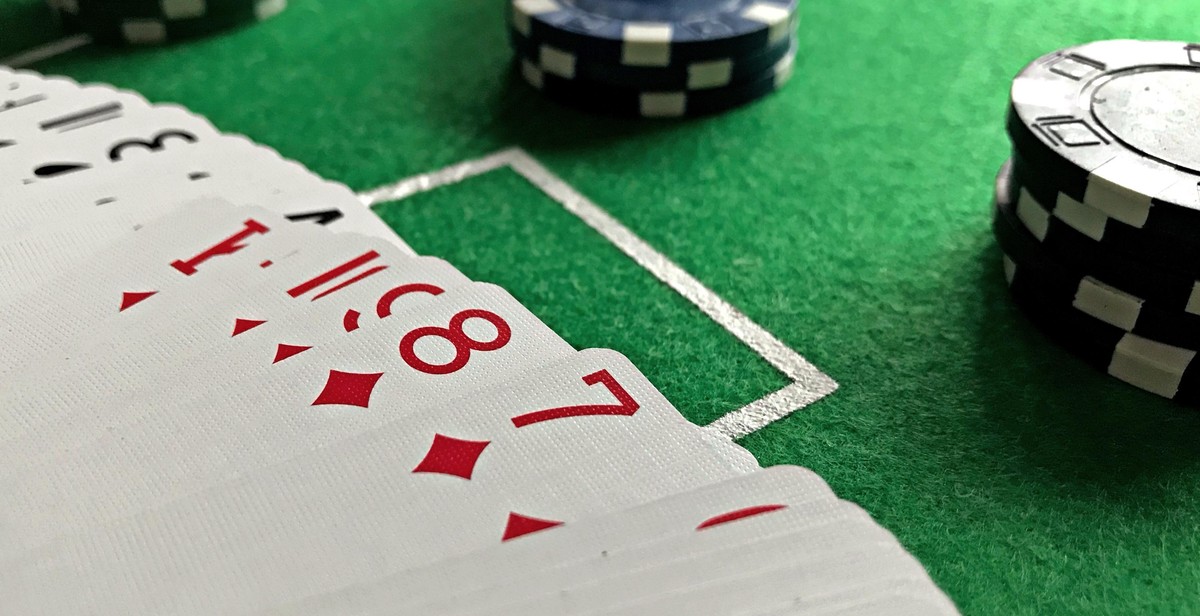How to Play Texas Hold’em Poker: Tips for Mastering Bluffing
Are you new to the world of poker or looking to improve your skills? Texas Hold’em Poker is one of the most popular variations of the game, played by millions of people worldwide. Whether you’re a beginner or an experienced player, mastering the art of bluffing is essential to winning at Texas Hold’em.
What is Texas Hold’em Poker?
Texas Hold’em Poker is a card game in which players compete to make the best five-card hand. The game is played with a standard deck of 52 cards and can be played with anywhere from 2 to 10 players. In Texas Hold’em, each player is dealt two cards face down, known as “hole cards”. Five community cards are then dealt face up in the middle of the table, which all players can use to make their best hand.
The game is divided into four rounds of betting, with players able to fold, call, raise or check depending on their hand and the actions of other players. The objective of the game is to win the pot, which is the sum of all bets made by players in a hand.
Why is Bluffing Important?
Bluffing is an essential strategy in Texas Hold’em Poker, as it allows players to win pots even when they have weak hands. By making other players believe that you have a strong hand, you can force them to fold their hands, allowing you to win the pot without having to show your cards.
However, bluffing is a risky strategy, as it can also lead to players losing large amounts of chips if they are caught out. Mastering the art of bluffing takes practice and skill, but with the right tips and techniques, anyone can become a successful bluffer in Texas Hold’em Poker.

Understanding Bluffing in Texas Hold’em Poker
Bluffing is a critical aspect of Texas Hold’em poker that every player should master. It involves making your opponents believe that you have a stronger hand than you actually do. By bluffing, you can win a hand even when your cards are weaker than your opponents’. However, it’s important to note that bluffing is a double-edged sword that can either lead to a big win or a significant loss.
What is Bluffing?
Bluffing is a strategy used in poker to deceive your opponents into thinking that your hand is stronger than it actually is. It’s a way of making your opponents fold their hands and give you the pot, even when you have a weaker hand. Bluffing involves acting and playing your hand in a way that suggests you have a better hand than your opponents, forcing them to make a decision based on incomplete information.
Why is Bluffing Important in Texas Hold’em Poker?
Bluffing is an essential element of Texas Hold’em poker because it adds an element of unpredictability to the game. If you only play your strong hands, your opponents will quickly figure out your strategy and adjust their play accordingly. By bluffing, you can keep your opponents guessing and make it harder for them to read your hand. Bluffing is also important because it allows you to win pots that you would otherwise lose.
When to Bluff in Texas Hold’em Poker
Knowing when to bluff is just as important as knowing how to bluff. Bluffing at the wrong time can be disastrous and can cost you a significant amount of chips. Here are some situations when bluffing can be effective:
- When you’re in a late position: Bluffing can be more effective when you’re in a late position because you have more information about your opponents’ hands. If everyone else has checked or folded, it’s a good time to bluff and try to steal the pot.
- When the board cards are unfavorable: If the board cards are unlikely to have helped your opponents’ hands, it’s a good time to bluff. For example, if the board has three cards of the same suit, and you don’t have any of that suit, your opponents may assume that you have a flush and fold.
- When you have a tight image: If you’ve been playing conservatively and only showing strong hands, your opponents may assume that you only play premium hands. Bluffing in this situation can be effective because your opponents may be more likely to fold.
It’s important to note that bluffing should be used sparingly and strategically. If you bluff too often, your opponents will catch on and start calling your bluffs, which can lead to significant losses. Always consider the situation before deciding to bluff and make sure that it makes sense based on the information available.
| Pros of Bluffing | Cons of Bluffing |
|---|---|
| Can win pots that you would otherwise lose | Can lead to significant losses if used too often |
| Adds an element of unpredictability to the game | Requires a good read on your opponents |
| Can be effective when used sparingly and strategically | Can be risky and lead to big losses |
In conclusion, bluffing is an important strategy in Texas Hold’em poker that every player should master. It involves making your opponents believe that you have a stronger hand than you actually do, and can help you win pots that you would otherwise lose. However, it’s important to use bluffing strategically and to consider the situation before deciding to bluff.

Tips for Mastering Bluffing in Texas Hold’em Poker
Bluffing is a crucial aspect of playing Texas Hold’em poker. It involves making your opponents believe that you have a better hand than you actually do. A successful bluff can lead to a big win, but a failed one can cost you dearly. Here are some tips to help you master bluffing in Texas Hold’em poker:
Observe Your Opponents
One of the most important things to do when trying to bluff in Texas Hold’em poker is to observe your opponents. Pay attention to their betting patterns, body language, and facial expressions. Look for signs that they might be bluffing or that they have a strong hand. This information can help you decide whether or not to attempt a bluff.
Pay Attention to the Board
The board, or the community cards that are dealt face up in the middle of the table, can also help you determine whether or not to bluff. If the board contains cards that could potentially make a strong hand, such as a straight or a flush, your opponents may be more likely to believe that you have a strong hand if you bet aggressively.
Be Consistent with Your Betting Patterns
One of the keys to successful bluffing in Texas Hold’em poker is to be consistent with your betting patterns. If you always bet a certain amount when you have a strong hand, try to bet the same amount when you are bluffing. This can help to make your opponents believe that you have a strong hand and may cause them to fold.
Don’t Overdo It
While bluffing can be a powerful tool in Texas Hold’em poker, it’s important not to overdo it. If you bluff too often, your opponents may catch on and start calling your bluffs more frequently. This can lead to big losses. Instead, try to mix up your play and only bluff when you have a good chance of success.
Practice Makes Perfect
Finally, the best way to master bluffing in Texas Hold’em poker is to practice. Play as often as you can and try out different bluffing strategies. Learn from your mistakes and successes and use this knowledge to improve your game.
| Tip | Description |
|---|---|
| Observe Your Opponents | Pay attention to your opponents’ betting patterns, body language, and facial expressions to determine whether or not to bluff. |
| Pay Attention to the Board | The board can help you determine whether or not to bluff, especially if it contains cards that could potentially make a strong hand. |
| Be Consistent with Your Betting Patterns | Try to be consistent with your betting patterns so your opponents can’t tell when you’re bluffing. |
| Don’t Overdo It | Bluffing too often can lead to big losses, so mix up your play and only bluff when you have a good chance of success. |
| Practice Makes Perfect | The best way to master bluffing in Texas Hold’em poker is to practice and learn from your mistakes and successes. |

Conclusion
Mastering the art of bluffing in Texas Hold’em poker can be the difference between winning and losing the game. Bluffing is a strategic move that requires a lot of practice and patience.
Remember, bluffing is not about lying or cheating; it’s about making your opponents believe that you have a better hand than you actually do. It’s important to use bluffing as a tool to gain an advantage, but not to rely on it too heavily.
One of the most important things to keep in mind when bluffing is to pay attention to your opponents’ behavior. Look for any signs of weakness or hesitation, and use that to your advantage. Also, make sure to vary your bluffing strategy to keep your opponents guessing.
Lastly, always be aware of the risks involved in bluffing. It’s possible to lose a lot of chips if your bluff is called, so make sure to use it wisely and at the appropriate times.
By following these tips and practicing your bluffing skills, you can become a master of Texas Hold’em poker. Remember, it’s not just about the cards you hold, but also about how you play them.
- Pay attention to your opponents’ behavior
- Vary your bluffing strategy
- Be aware of the risks involved in bluffing
- Practice, practice, practice
Good luck at the tables!
